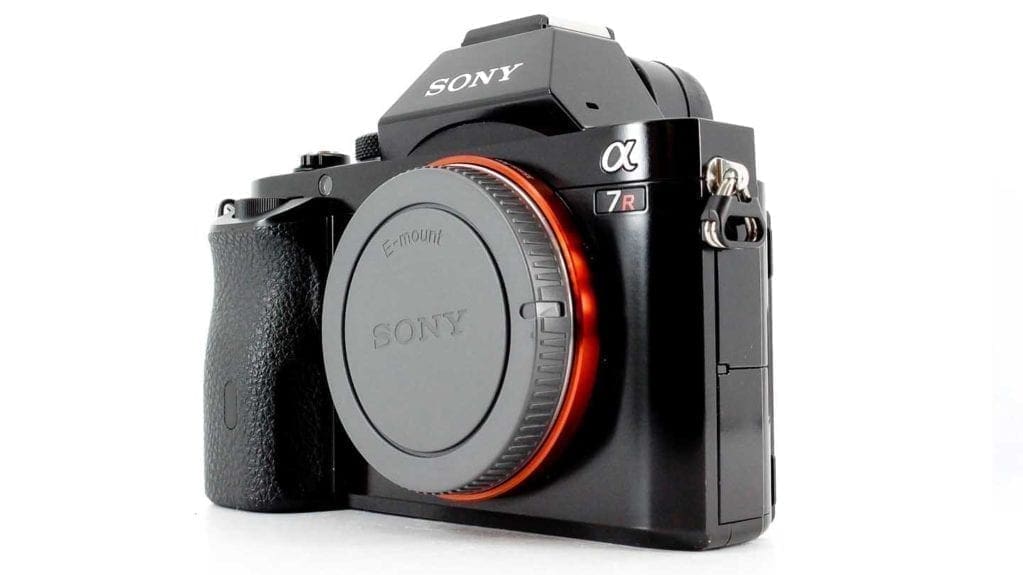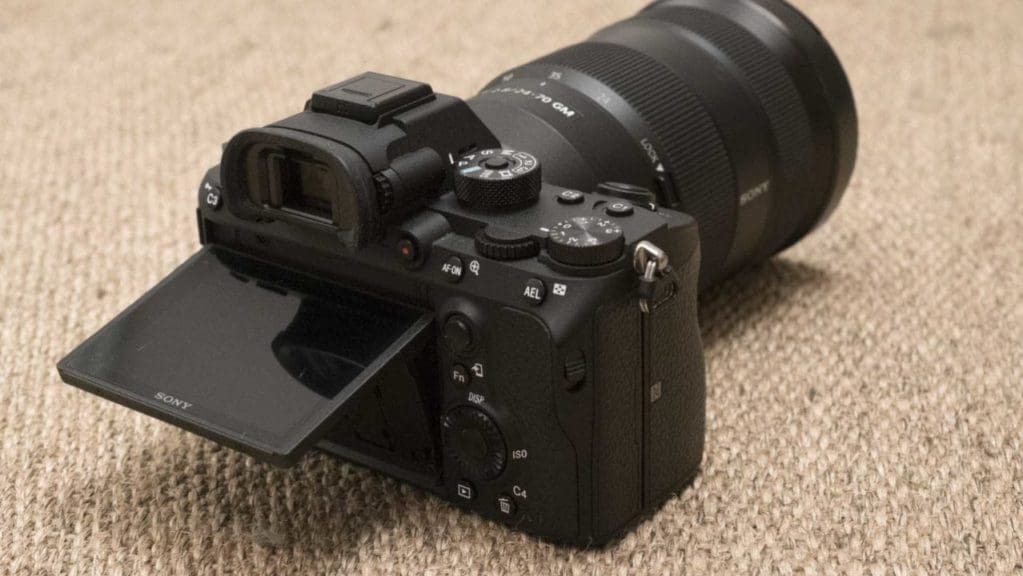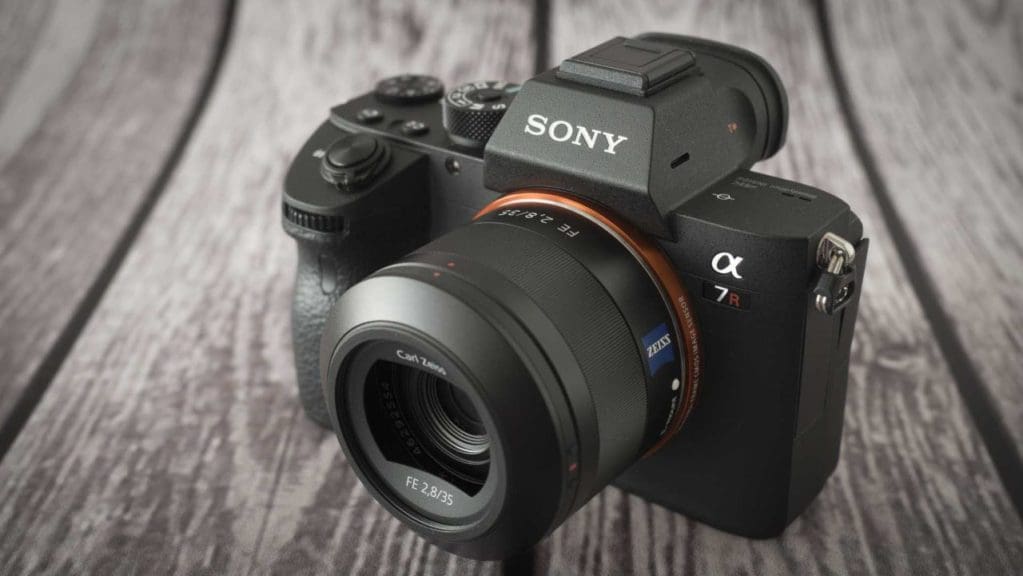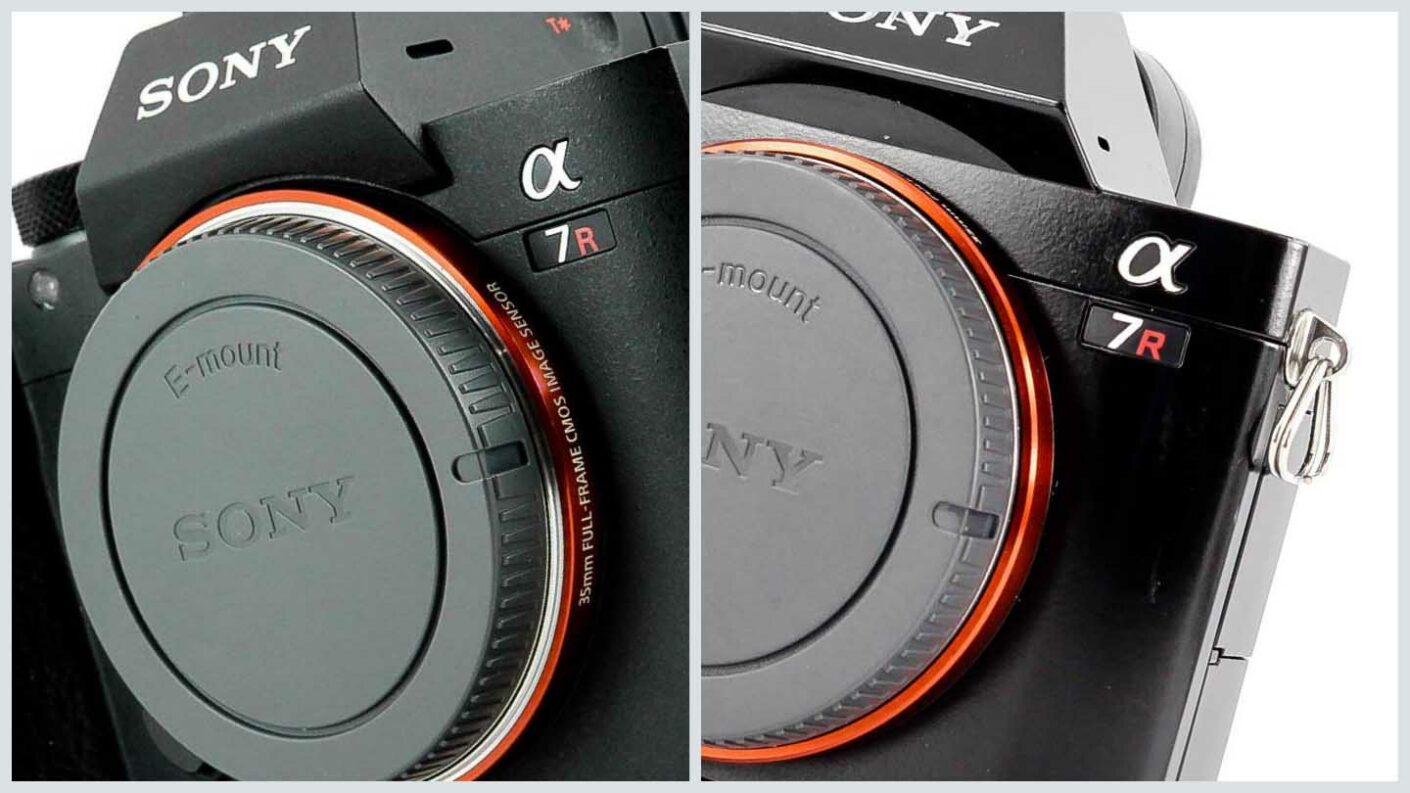Launched on 16th July 2019, the 36.3Mp Sony Alpha A7R and 24.3Mp A7 were the first digital full-frame mirrorless cameras, and some market analysts credit them with really kickstarting the transition to mirrorless photography because they made ‘serious’ photographers sit up and take notice.
Today, the marketplace is very different with a wide selection of full-frame mirrorless cameras available. Sony is on its fourth generation models of the A7R and A7 series with the Sony A7R IV and Sony A7 IV. However, for some photographers the A7R IV’s 61Mp resolution makes too much of a leap, filling up their memory cards and storage too quickly as well as commanding a high price, making the 42Mp Sony A7R III an attractive alternative for those looking to upgrade from the original A7R III. With that in mind, this post compares the Sony A7R III with the A7R, identifying their key differences to help you decide if it’s a switch you want to make.

Sensor and processor
- Sony A7R III: 42.4Mp full-frame BSI Exmor R CMOS, BIONZ X with front-end LSI
- Sony A7R: 36.3Mp full-frame CMOS, Bionz X
As well has making a 6.1Mp increase in the pixel count, the Sony A7R III has a backside-illuminated (BSI) which means that the pixels are larger and closer to the surface of the sensor than in a regular-design chip. These two points enable the photosites to generate a stronger image signal than they would on a standard sensor, which helps keep noise under control.
In addition, there’s a front-end LSI on the sensor plus an uprated Bionz X processor which together enable much faster processing speeds. Faster processing isn’t just about faster shooting speeds it also enables better autofocus, video and low light performance. Consequently as well as having a faster continuous shooting rate than the A7R (10fps vs 4fps), the A7R III has a wider sensitivity range of ISO 100-32,00 (expandable to ISO 50-102,400) rather than ISO 100-25,600 (expandable to ISO 50-51,200).
Autofocus system
- Sony A7R III: Hybrid with 399 phase detection points and 425 contrast detection points
- Sony A7R: Contrast detection
In the absence of phase detection, the Sony A7R’s autofocusing is considerably slower and less decisive than the A7R III’s. It also struggles more in low light. Consequently, the A7R isn’t a great choice for sport and action photography whereas the A7R III can deliver sharp images of fast-moving subjects even when shooting at 10fps and completely silently.
Following a firmware update, the A7R III also has Real-time Eye AF technology which does a good job of detecting and focusing on human or animal eyes when shooting stills.
Find out which Sony cameras have Eye AF
Viewfinder
- Sony A7R III: 0.5-inch type EVF with 3,686,400
- Sony A7R: 0.5-inch type EVF with 2,359,000-dots
The Sony A7R III has a significantly upgraded viewfinder in comparison with the A7R and consequently there’s greater detail visible. As well as being helpful when focusing manually, this helps to make the viewfinder appear more natural and comfortable to view.
Read our comparison of the Sony A7 IV vs A7R IV

Screen
- Sony A7R III: 3-inch 1,4440,000-dot tilting LCD
- Sony A7R: 3-inch 921,600-dot tilting LCD
The A7R III’s screen is more resolute than the A7R’s, making a little more detail visible when composing and review images or video. Sony also upgraded the A7R III’s monitor to a touch-screen but it makes very little use of the touch capability, so it doesn’t seem like a huge improvement.
Both screens are mounted on a tilting hinge to enable them to be seen from above or below head-height.
Video
- Sony A7R III: 4K (3840 x 2160) at up to 30p
- Sony A7R: Full HD (1920 x 1080) at up to 60p
In addition of bringing 4K video to the party, the A7R III is capable of shooting Full-HD video at up to 120p, making it an attractive option for slow-motion video creation. It also adds XAVC S format to the MPEG-4 and AVCHD of the A7R . In addition, it’s possible to shoot with S-Log to capture footage that suitable for greater grading than standard video and shooting in Super 35 format employs 5.1K oversampling to created better quality 4K video.
Stabilisation
- Sony A7R III: 5 axis giving up to 5.5EV compensation
- Sony A7R: Lens-based only
The original A7R doesn’t have in-body image stabilisation but the A7R III has a 5-axis system that can enable sharp images to be shot hand-held at shutter speeds up to 5.5EV slower than normal. That’s the same as the difference between 1/500 sec and 1/10 sec.
Battery
- Sony A7R III: NP-FZ100 – 530 shots with the viewfinder
- Sony A7R: NP-FW50 – 290 shots with the viewfinder
Sony introduced the NP-FZ100 battery with the A9 and it passed it on to the A7R III to enable around 240 more shots to be captured in CIPA testing when the viewfinder is used to compose images. That’s a massive step up although prolific shooters are still likely to want the comfort of a spare battery or two when they head out for a day shooting.

Dimensions
- Sony A7R III: 126.9 x 95.6 x 73.7mm, 657g with battery and card
- Sony A7R: 126.9 x 94.4 x 48.2mm, 474g with battery and card
Although the A7R III is bigger than the A7R, the difference isn’t as dramatic as the specification sheet suggests as Sony changed the way that it measures cameras so that the grip is factored in with the A7R III.
The A7R III is also more robust than the A7R, with the lens mount being more durable to enable it to cope better with long, heavy lenses.
In addition, there are a few changes to the control arrangement as, for example, the A7R III has a mini-joystick Multi-Selector control that gives a quick way of setting the AF point as you look in the viewfinder. It’s also handy for navigating the menu and making setting selections.
The joystick comes at the loose of the AF/MF switch but this setting can be changed via the Function menu.
In a nice change, the video record button, which is on the top right rear corner of the A7R, is on the back of the A7R III, making it much easier to press without wobbling the camera. The mode dial also gains a lock button and a third custom setting on the A7R III.
Should I sell my Sony A7R?
The Sony A7R is a great camera, especially for landscape, still life and macro photography, but stepping up to the Sony A7R III brings a marked improvement in the autofocus performance and continuous shooting rate that enables a much wider range of subjects to be photographed easily. In addition, the A7R III’s control arrangement and build is better, making it quicker and easier to use, and its video capability and battery life are far superior to the A7R’s.
All things considered, the Sony A7R III makes a great upgrade from the A7R.
Sponsored: Thinking of selling your Sony A7R or another camera to upgrade? Selling your gear to MPB is the most secure way to do it. With free doorstep pickup, super-fast payment plus over 300,00 customers and five stars on Trustpilot. Buy. Sell. Trade. Create.



